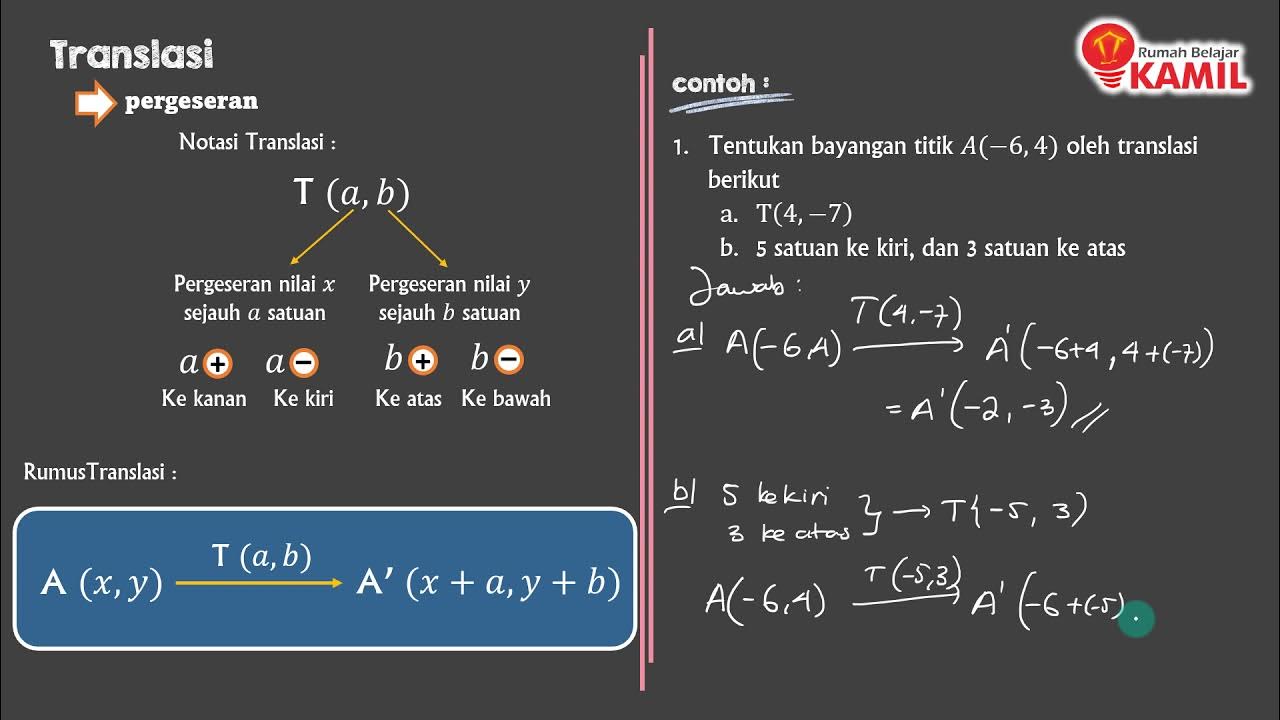Video pembelajaran bahasa Indonesia Teks Diskusi untuk jenjang SMP/MTs kelas 9 lengkap
Summary
TLDRThis educational video lesson, led by Kak Yunita in the YR Guru Room, covers the topic of 'Discussion Text' for 9th-grade students. The video introduces the concept of discussion texts, explaining that they present two opposing viewpoints (pro and con) on a particular issue. It outlines the structure of a discussion text, including the introduction of the issue, supporting and opposing arguments, and a conclusion or recommendation. Key linguistic features such as conjunctions, modality, and lexical cohesion are discussed, along with the steps for writing a discussion text. The lesson concludes with encouragement for students to revisit the material if necessary.
Takeaways
- 😀 Teks diskusi presents two opposing viewpoints on an issue: one pro and one kontra.
- 😀 The purpose of a teks diskusi is to seek consensus or agreement between different perspectives.
- 😀 A teks diskusi structure includes: issue, supporting arguments, opposing arguments, and a conclusion or recommendation.
- 😀 Conjunctions of comparison (e.g., but, however) are used to highlight differences in the opposing viewpoints.
- 😀 Modalities are used to express certainty or possibility and help shape opinions and recommendations.
- 😀 The issue in a teks diskusi is the problem or topic that will be discussed.
- 😀 Supporting arguments provide further explanations and details about the topic being discussed.
- 😀 Opposing arguments highlight the contradictions or disagreements related to the topic, along with reasons backing these views.
- 😀 The conclusion of a teks diskusi provides a summary or recommendation based on the arguments presented.
- 😀 The steps to writing a teks diskusi include choosing a topic, understanding both sides, gathering data, creating an outline, developing the text, and editing it.
- 😀 The linguistic features of teks diskusi include the use of conjunctions of opposition, lexical cohesion (e.g., repetition, synonyms, antonyms), and modalities to clarify stances and arguments.
Q & A
What is the main topic of the video lesson?
-The main topic of the video lesson is about discussion texts, which are typically taught in class 9, semester 2 of SMP/MTS.
What is a discussion text?
-A discussion text is a type of text that presents two different opinions about an issue: one supporting (pro) and the other opposing (contra), with arguments for both sides, followed by a conclusion or recommendation.
What is the purpose of a discussion text?
-The purpose of a discussion text is to explore and present different viewpoints on a particular issue, aiming to find common ground or a conclusion after presenting both sides of the argument.
What are the key components of a discussion text?
-The key components of a discussion text are the issue, supporting arguments, opposing arguments, and the conclusion or recommendation.
What are the language features commonly used in discussion texts?
-Discussion texts typically use conjunctions to compare and contrast (e.g., but, however), lexical cohesion (e.g., repetition, synonyms, antonyms), and modality to express attitudes towards the issue (e.g., must, could, should).
What is the role of conjunctions in a discussion text?
-Conjunctions in a discussion text serve to compare or contrast the opposing views, helping to show the differences and similarities between the pro and contra arguments.
Can you explain the concept of 'lexical cohesion' in discussion texts?
-Lexical cohesion refers to the use of repeated words, synonyms, antonyms, and hyponyms in a discussion text to create a sense of connection and flow within the text.
What is 'modality' in the context of a discussion text?
-Modality refers to the language used to express the speaker's attitude toward the issue, often indicating the certainty, possibility, or necessity of the arguments, such as 'must,' 'could,' or 'should.'
What are the steps in writing a discussion text?
-The steps in writing a discussion text are: 1) Identify the topic or issue, 2) Define the purpose (pro and contra arguments), 3) Gather data or information, 4) Create an outline, 5) Develop the text, and 6) Revise and edit the final version.
Why is it important to include both supporting and opposing arguments in a discussion text?
-Including both supporting and opposing arguments ensures a balanced and comprehensive view of the issue, allowing the reader to understand different perspectives before reaching a conclusion.
Outlines

هذا القسم متوفر فقط للمشتركين. يرجى الترقية للوصول إلى هذه الميزة.
قم بالترقية الآنMindmap

هذا القسم متوفر فقط للمشتركين. يرجى الترقية للوصول إلى هذه الميزة.
قم بالترقية الآنKeywords

هذا القسم متوفر فقط للمشتركين. يرجى الترقية للوصول إلى هذه الميزة.
قم بالترقية الآنHighlights

هذا القسم متوفر فقط للمشتركين. يرجى الترقية للوصول إلى هذه الميزة.
قم بالترقية الآنTranscripts

هذا القسم متوفر فقط للمشتركين. يرجى الترقية للوصول إلى هذه الميزة.
قم بالترقية الآنتصفح المزيد من مقاطع الفيديو ذات الصلة

KELISTRIKAN PART 1: LISTRIK STATIS (IPA KELAS 9 SMP)

Matematika Kelas 9 : Transformasi Geometri (part 1 : Translasi)

IPA Kelas 8 : Sistem Pernapasan 2 (Mekanisme Pernapasan)

IPS KELAS 8 HALAMAN 146 KURIKULUM MERDEKA || LEMBAR AKTIVITAS 2

Materi Surat ✅ Bahasa Indonesia Kelas 7 Kurikulum Merdeka

Materi Pidato ✅ Bahasa Indonesia Kelas 8 Kurikulum Merdeka
5.0 / 5 (0 votes)
